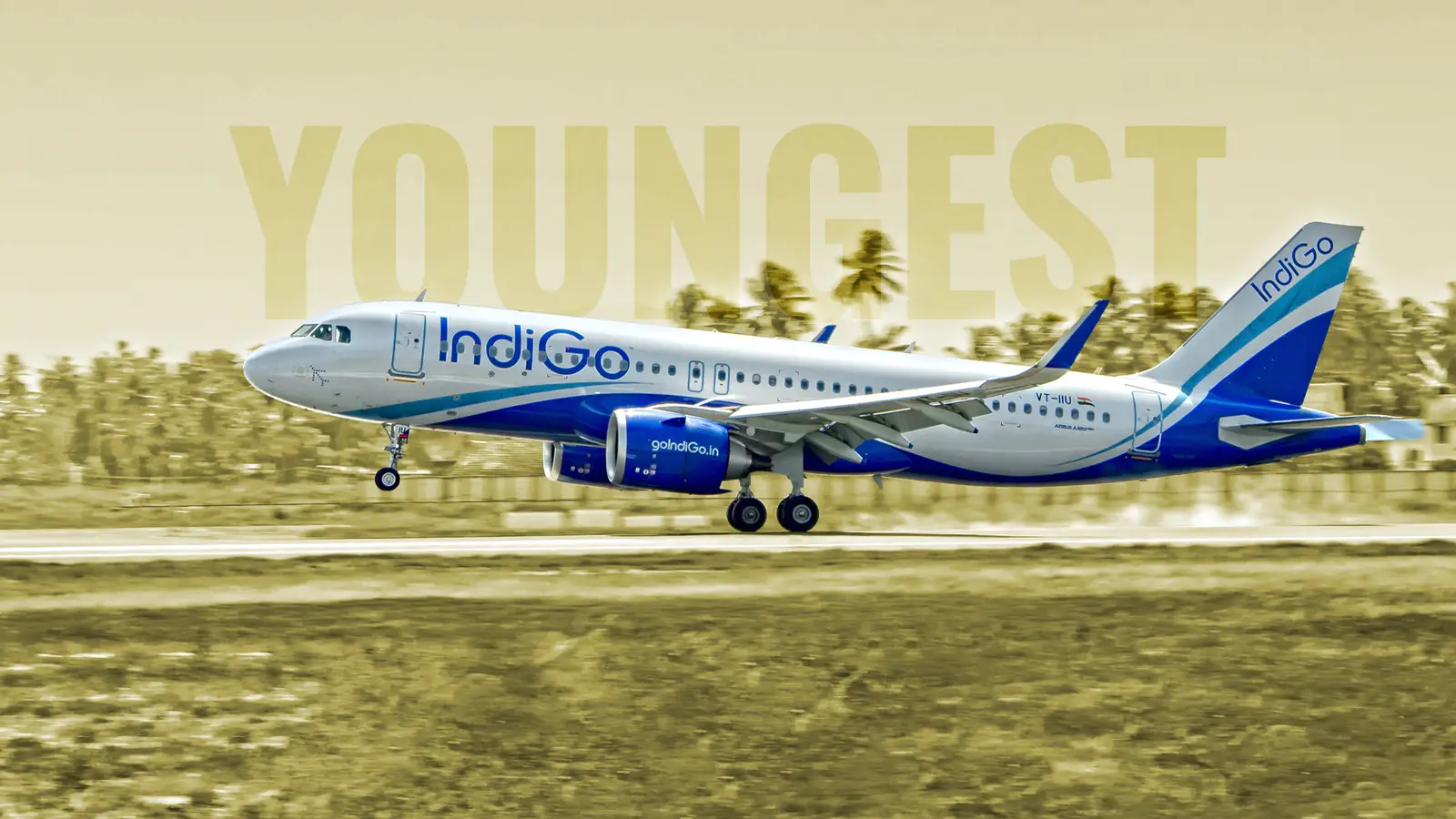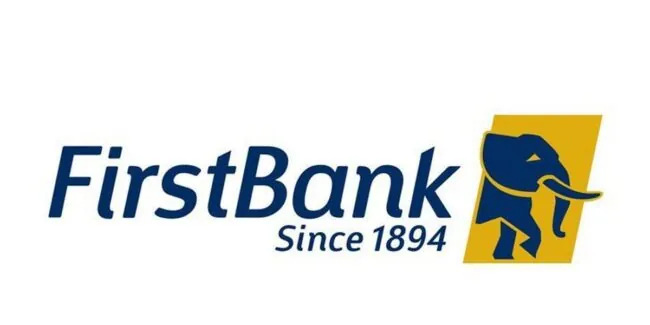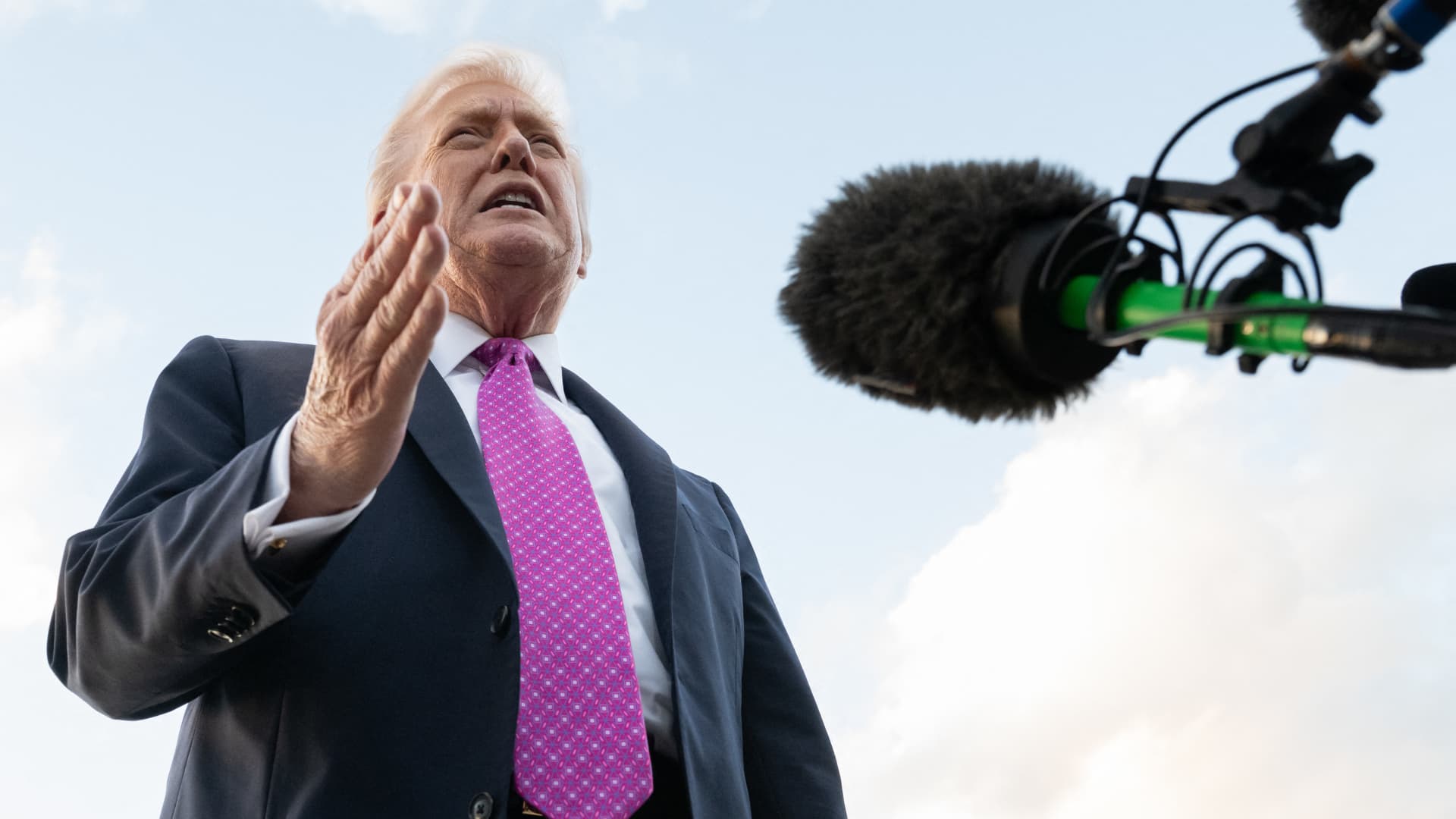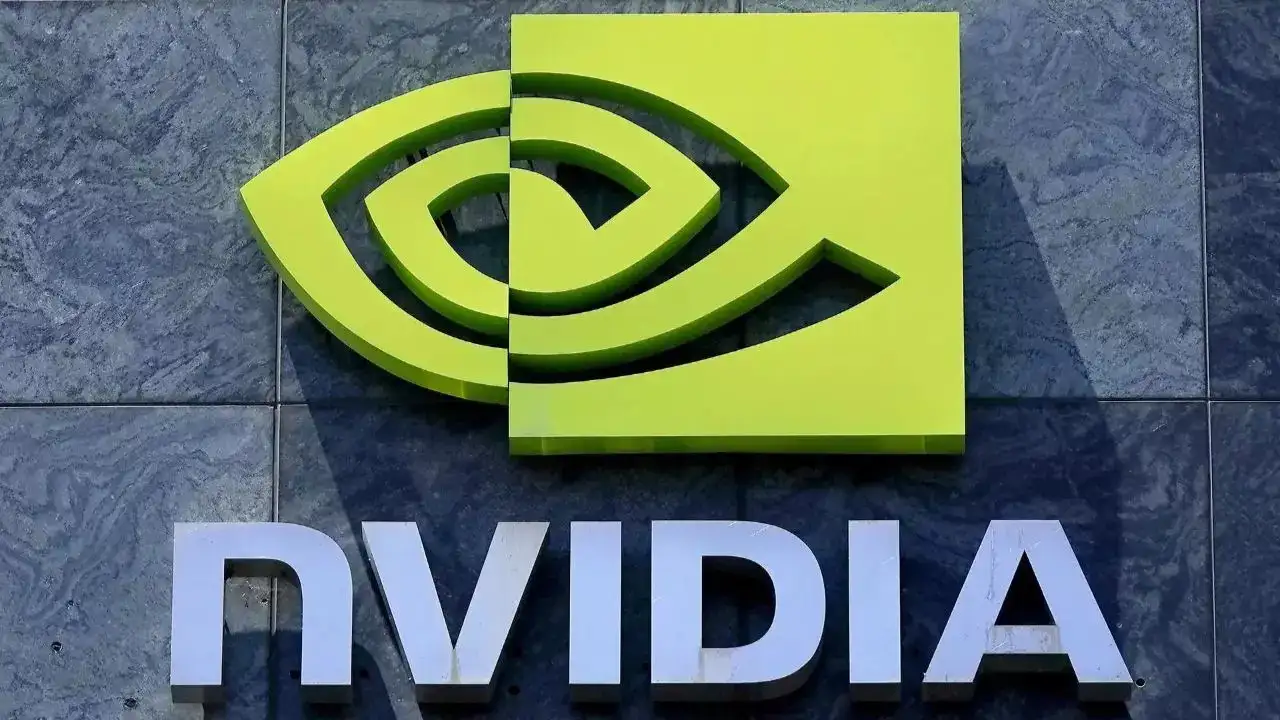Copyright Simple Flying

The rise of IndiGo is not simply a story of scale, but also one that tells of the airline's youth. With a vast, all-Airbus narrowbody core built around the Airbus A320neo family and ATR regional aircraft that are deployed on thinner routes, IndiGo's fleet is the youngest of any major airline by fleet average age, refresh cadence, and forward order book. The airline, a carrier founded with a unique cost-saving business model, features a disciplined retire-and-replace cycle. This strategy keeps fresh aircraft in the fleet while cutting down on fuel burn, curbing unscheduled maintenance, and eventually lifting dispatch reliability. This is essential for a high-utilization, low-cost model such as that of India's demand-rich market. Younger jets eventually mean quieter cabins, better air quality systems, and modern seating, with IFE options available that travelers continue to notice. From a strategic perspective, a youthful fleet gives IndiGo flexibility. This is something it needs to open routes quickly and to swap capacity across metropolitan areas and tier-two cities. The airline keeps unit costs predictable even as fuel and currency swings occur. Paired with the world's largest single-aircraft order pipeline, this strategy is more than just cosmetic. It is also a structural moat that compounds over time and reinforces IndiGo's domestic leadership while positioning the carrier for disciplined international growth in multiple kinds of markets. IndiGo's Business Model IndiGo operates a disciplined business model, one that is built on the airline's principal low-cost engine. The airline is built on the joint principles of simplicity, scale, and overall speed. The core of this airline is a single narrowbody family that operates both the Airbus A320neo and the Airbus A321neo, augmented by the ATR 72, which serves some thinner regional routes. Its ability to standardize across its fleet allows it to shrink training costs. Spare parts costs, scheduling complexity, dense seat configuration complexity, quick turns, and long operating days are also minimized as a result, and the airline is disciplined when it comes to keeping utilization rates high. IndiGo keeps nonessential frills off base fares, giving passengers exceptional variety. At the same time, it monetizes the ancillary optionality that it offers passengers, including access to preferred seats, priority services, meals, extra bags, and change fees. The ancillary toolkit for the airline diversifies overall revenue growth, smooths cyclical fluctuation in demand, and keeps headline fares sharp in a hyper-competitive overall market. Overall costs are managed with surgical precision. The company relies heavily on sale-leaseback financing to convert large orders into near-term cash flow growth. This further allows the airline to maintain a young fleet while preserving overall balance-sheet flexibility. Vendor power-by-the-hour agreements and tight crew rostering support predictable unit cost growth for the airline, whose network focuses on point-to-point travel between metropolitan areas. The airline is also planning an international expansion that emphasizes longer stage lengths that offer unit cost advantages. This scale compounds the company's competitive edge, offering a high-utilization, ancillary-rich business model that converts cost leadership into long-term profit growth. The IndiGo Fleet IndiGo operates a young, dense fleet that is aimed directly at ensuring continued growth. Airbus narrowbody models, including over 170 Airbus A320neo family jets, form the core of the fleet, and they have an average age of 4.7 years old. The airline also operates a fleet of 156 Airbus A321neo jets, in addition to 27 legacy Airbus A320s, which are slowly being phased out. The A321neo jets have a mean age of 2.6 years, alongside the older aircraft, which are 13.5 years old on average. The regional network is handled by 47 ATR 72-600s, which have an average age of around five years old according to ch-aviation. Three Airbus A321-200s have an average age of 17.5 years, and these have also been configured to have a modest cargo foothold. Long-haul flying is currently handled by wet-leased widebody aircraft, including a pair of Boeing 777-300ERjets that have an average age of 18.5 years old. This sits ahead of IndiGo's own widebody arrivals. The airline's order book still leads headlines, with 926 aircraft remaining to be delivered. This includes 560 Airbus A321neos and 236 Airbus A320neo jets, alongside 69 outstanding orders for Airbus A321XLRs and 60 Airbus A350-900 widebodies. This mix signals systematic upgauging even on slot-constrained domestic trunk routes, with efficient international growth being created by multiple different aircraft families. The youth and overall scale of this fleet support quick turns, high utilization rates, and a low overall maintenance burden. The A321neo's concentration also raises overall seat gauge and aircraft belly space without adding more flights. Strategically, IndiGo's decision to wet-lease aircraft helps the carrier maintain network options while de-risking timing ahead of the A350's introduction into passenger service. However, the airline is still subject to supply-chain timing. IndiGo's Short-Haul Network Strategy IndiGo operates a short-haul network that is built for frequency, gauge, and overall speed. The backbone of these short-haul capabilities includes dense Airbus A320neo and Airbus A321neo services flying between slot-constrained metropolitan areas within the Indian subcontinent. This includes flights to several quickly-growing second-tier destinations, with ATR 72s stitching thinner spokes into these larger flight banks. The model favors high daily frequencies on large trunk routes. This will help win over business travelers and enable same-day return flights, with upgauges to the Airbus A321neo also being used where slots are scarce without lifting seats and adding more flights. IndiGo times departures in large, banked waves in order to maximize options for self-connection while staying fundamentally point-to-point as an airline. This also helps keep turning times tight and keep aircraft utilization higher. Block times are also tightly managed in order to recycle airframes across 5-7 different legs. On international short-haul services, which are roughly 2-4 hours in length, IndiGo concentrates on flights from South Asia to the Gulf region. This system offers the opportunity to grow capacity while carefully managing fleet and asset allocation. The Long-Haul Network Strategy IndiGo's long-haul overall network strategy is being deliberately phased through. The airline is planning to continue building out its ability to serve long-haul demand through partnerships and wet-leases. Before scaling out its fleet for long-haul operations, the airline is wet-leaseing Boeing 777s. The airline is going to be testing out products and crew patterns, as well as belly-cargo processes that include limited overall capital risks. Phase two of the airline's transition plan introduces new Airbus A321XLR jets in order to open up long and thin routes. The airline's Gulf, East Africa, Central and Eastern Europe routes, alongside further connections in Southeast Asia, are going to be the backbone of the airline's overall network. With narrowbody trip costs and scheduled overnight flights meant to maximize utilization and feed from multiple different metropolitan areas, the aircraft offers exceptional capabilities. Phase three of this overall strategy adds three Airbus A350-900s for true long-haul trunk markets where nonstop scale exists across the board. The airline configured high-density, simple service, and strong ancillary monetization in order to achieve its overall long-haul objectives. Across multiple different phases of growth, the airline stayed true to its low-cost carrier routes. It is looking to adapt its model for widebody operations, including tighter turns and unbundled overall fares. It also includes disciplined cargo uplift in order to smooth overall seasonality. Slot scarcity continues to be the airline's biggest gauge driver, with the A321neo and the A321XLR set to add further gauge. IndiGo will eventually bring in Airbus A350s in order to support the airline's long-term entry into the widebody market. IndoGo's Airbus A350-900 Order IndiGo's order for the Airbus A350-900is a deliberate step in the airline's process to permanently enter the long-haul model. This aircraft type offers long-range, high-seat density capabilities while bringing along excellent fuel burn per seat. This allows the airline to compete directly on nonstop routes from India to Europe and into deeper Asian markets without abandoning its original low-cost strategies. From a strategic perspective, the Airbus A350 complements the airline's low-cost short-haul backbone. Since the airline is mostly focused on slot-constrained city pairs, having a higher-gauge model at its disposal is exceptionally valuable. The airline's order for 30 Airbus A350s will allow it to secure scarce widebody delivery slots despite global backlogs. Execution risks remain for the carrier, including widebody crew pipelines and premium competition across the board. The Airbus A350 gives IndiGo a scalable and cost-efficient reach, anchored by its massive domestic feed network. The Bottom Line IndiGo pairs its massive scale with the youngest fleet among major airlines, a process centered on a standardized fleet of Airbus A320neo and Airbus A321neo jets. A strict retire-and-replace fleet structure follows the airlines' plan to lower fuel costs, cut unscheduled maintenance, and boost overall dispatch reliability. The airline is a business that runs on simplicity and the generation of revenue through ancillary means. This includes the sale-leaseback process that is designed to keep cash flowing and keep the overall fleet young. The fleet skews heavily towards next-generation models, with legacy A320s set to be phased out in favor of Airbus A321neos. The airline's long-haul fleet plan is also set up, with partnerships and wet-leases now available.



